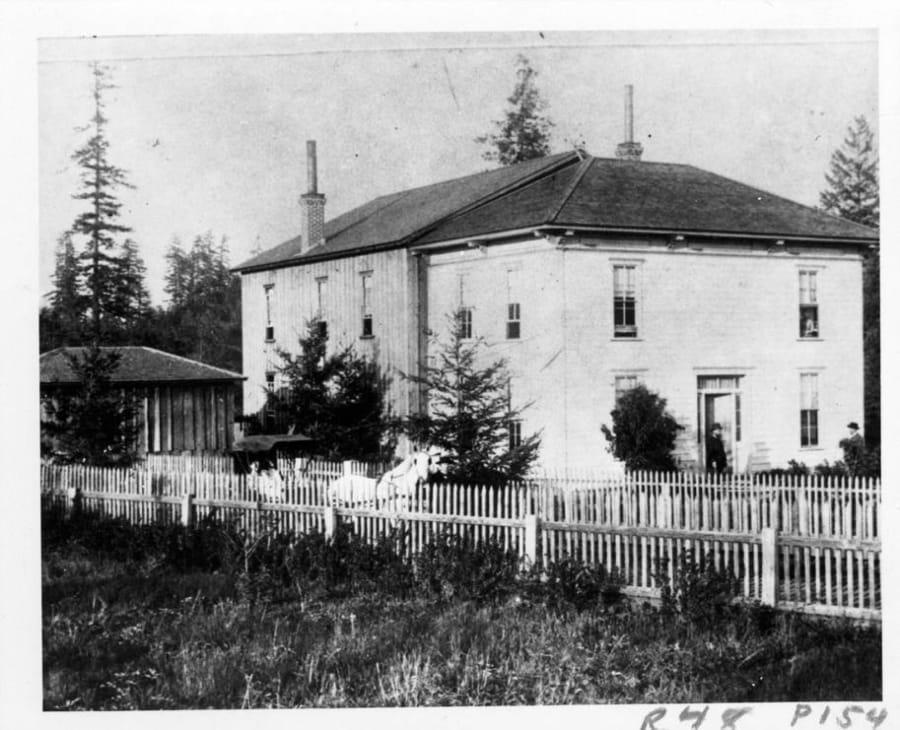The territorial Legislature of 1885-86 passed a bill establishing the first school for children with disabilities, then named the Washington School for Defective Youth. The act defined the institution’s management, director’s salary, application and admission procedures. By happenstance or purpose, the law left out a building fund.
The institution’s trustees rented the abandoned Alta House in Vancouver for its first students, 11 deaf children from a charity house in Tacoma. Gov. Watson Squire appointed commissioners, who elected S.W. Brown to find a suitable site. The report states he selected 129 acres, and the city purchased an adjoining 100 acres of farmland and donated it to the territory. The land was “well calculated for gardening and farming purposes as the success and best interest of the school requires,” according to the report.
No record exists of how the first year progressed. A handful of students returned in 1887 to a new building and new classmates, including one blind student. For $900, the trustees hired a director, James Watson. His wife was the daughter of the founder of the first school for the deaf in Canada. To save labor costs, she served as an assistant teacher and house mother. Her work kept the salaried employees to a teacher and a cook who also received room and board.
Funded and constructed by locals, the first building was less than 40-by-40 feet square, two stories and connected to a small farmhouse, making it more like a residence than a school. The students lived, ate and slept in the ill-planned structure. Watson complained to the trustees that the building was dangerous because, in the winter, it was heated by “many fires in open stoves,” and the students’ beds were “rickity.”



